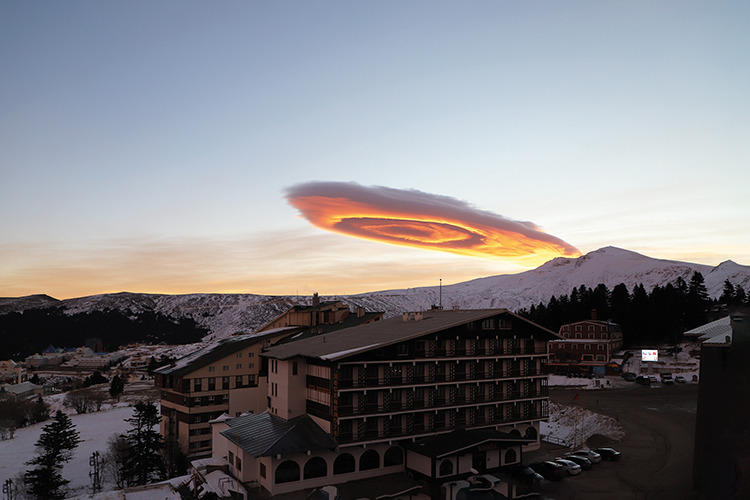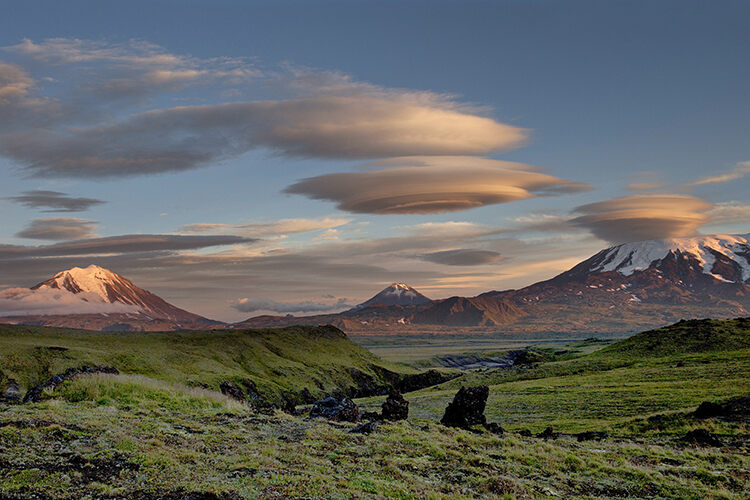
High altitude clouds which have often been mistaken for UFOs
Geographical phenomena # 6: Lenticular clouds
The remarkable explained
By
Lenticular clouds typically arise from powerful winds at high altitudes that disrupt the atmosphere, often near mountain ranges. Occasionally, air currents flowing across mountains become momentarily trapped, swiftly ascending and causing moisture in the atmosphere to condense, forming lenticular clouds with their characteristic oval silhouette.
What sets lenticular clouds apart is their stationary position, often hovering over mountains. They frequently emerge in the lee of mountains, where descending air from the opposite side encourages their distinctive stacking.
Recent research published in the journal Weather and Forecasting (August 2023) suggests that their formation can be influenced by more than just wind speed and direction. The study, led by Anna Maria Baptista of the University of Lisbon, found that atmospheric stability and gravity also play a role.
Images from Bursa in Turkey that recently went viral on social media, captured lenticular clouds at sunrise, unveiling a stunning display of colours. Light undergoes a prolonged atmospheric journey as the sun hovers near the horizon at dawn or dusk, scattering shorter wavelengths and boosting the visibility of longer wavelength colours such as yellow, orange and red. Additionally, the presence of pollutants in the atmosphere intensifies the brilliance of orange-red hues, further enhancing the spectacle.
Despite their natural origin, lenticular clouds have often been mistaken for UFOs, sparking numerous sightings and misconceptions. While they may evoke an otherworldly impression, lenticular clouds are merely products of atmospheric dynamics.

However, that’s not to say that lenticular clouds don’t pose a threat to humans. They are often formed by extreme air turbulence, which can be a severe risk to aviation. While lenticular clouds themselves are stationary (in the sense that the rate of condensation of water at the windward edge (front) is equal to the rate of evaporation of water at the lee side), the air around them can be extremely turbulent. In 2020, a well-documented incident saw a passenger plane flying over the Sierra Nevada mountains in California encounter severe turbulence near lenticular clouds. The sudden jolts caused minor injuries to several passengers. For this reason, pilots are trained to identify and avoid the clouds whenever possible.
Lenticular clouds remind us of the intricate and dynamic nature of our atmosphere. Their formation and presence offer insight into the complex interplay of air currents, moisture and topographical features.




